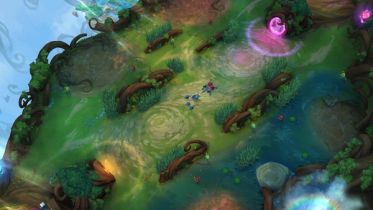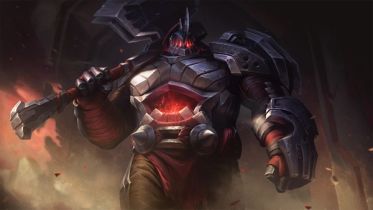/dev: Balance Framework Update
Welcome to the first of a four-part blog series from the Summoner’s Rift Team! Last year, we ran the Life of a Patch campaign, sharing insight on how we put together a League of Legends balance patch (here's a summary!). This time, we're going to tackle a few major, persistent balance topics in more depth than we can get to through patch notes, social media, or Meddler and Scruffy's weekly posts.
Here's what you can expect over the next several months:
- Blog 1, late June: State of the Champion Balance Framework introduced last year
- Blog 2, early July: Updated approach to balancing new champs and VGUs
- Blog 3, mid August: Balancing for major pro tournaments, including Worlds
- Blog 4, early September: Balancing runes and items (with a few callouts for preseason 2021)
The Champion Balance Framework
During Life of a Patch, we introduced you to the Champion Balance Framework which monitors League's roster of 148 champions along consistent, measurable definitions of over- and underperformance for four different player groups: Average, Skilled, Elite, and Professional. If a champion is overperforming in ANY of the four groups, they're in need of nerfs, and if they're underperforming in ALL of the four groups, they're ready for buffs.

We split players into four groups so we can take a more holistic approach to champion balance, where the needs of each audience can be considered equally. This framework also allows us to be more consistent and objective in identifying champs who are overperforming, even if it’s just in one group. If a champion is overpowered at any level of play, they’re making the game less fair by simply existing in Champ Select. Having champions who are too strong can also reduce champion diversity, as we expect players to gravitate toward the top picks. On the flip side, we buff champions who are underperforming across the board because our goal is to ensure every champion is strong for at least one audience.
This framework lets us handle patch-to-patch balance in a more consistent fashion that's less prone to subjective bias and ensures that champions who are truly overpowered or underpowered don't fly under the radar.
While we've made some adjustments to the framework over its first year (more on that soon), we've been predominantly consistent with our rules and approach. This has led to a more balanced game state, based on a decrease in the average number of champs crossing balance thresholds in 2020 patches, compared to 2019.
In-game results aside, it's been encouraging to see players reference the Champion Balance Framework in conversations between each other when discussing why we are or aren’t making specific buffs and nerfs to champions. It’s great to see that many of you found Life of a Patch useful, but we recognize we could do more to help raise awareness of the Champion Balance Framework.
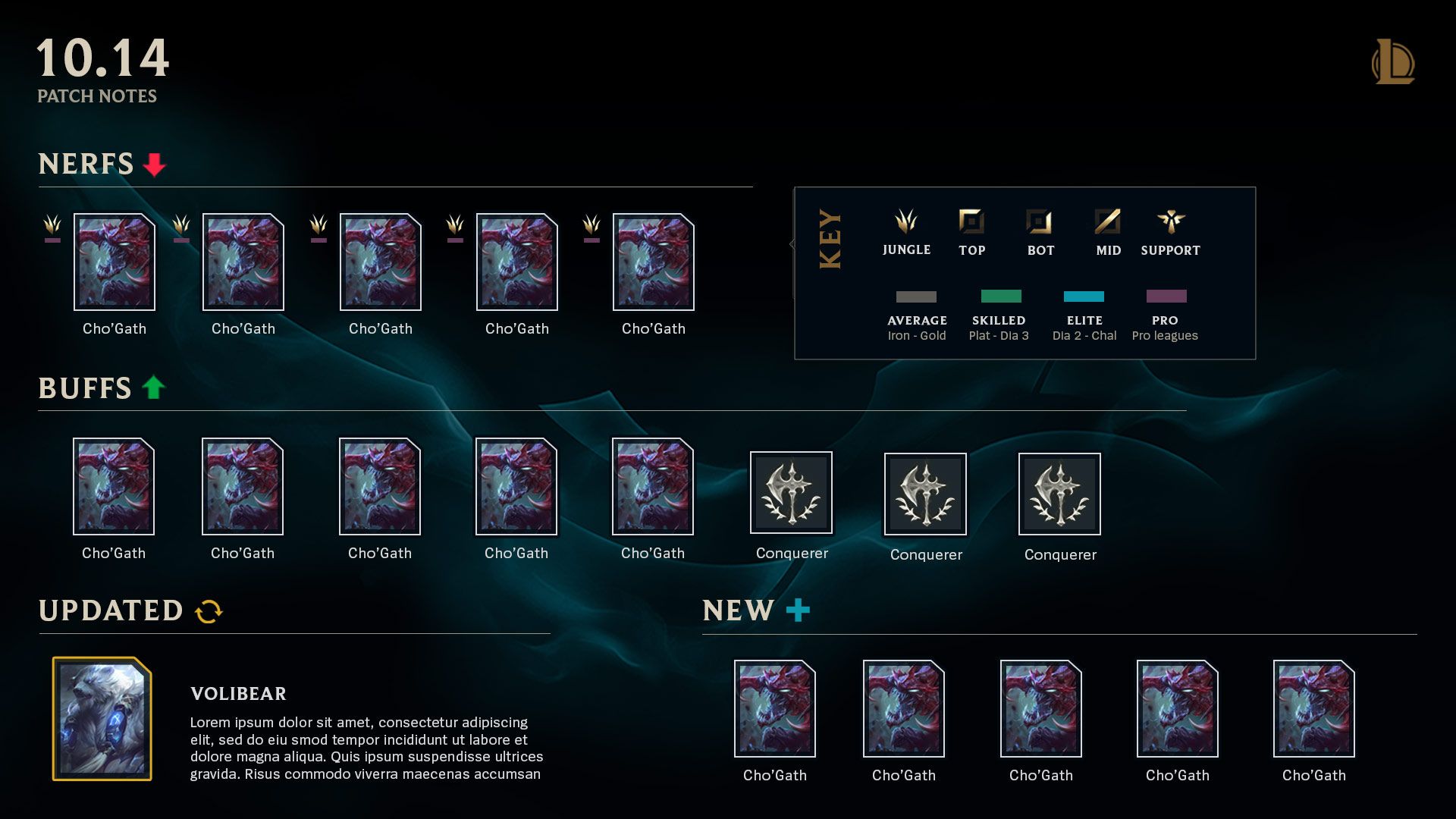
Patch Highlights with Balance Framework References (WIP)
This blog is one tool, but we're also going to be updating the Patch Highlights image to incorporate more context, since so many players see it. We're also continuously experimenting with and evaluating the right amount of context to put in our patch notes without them getting too unapproachable for players who don't want their patch notes to feel like... well, this dev blog :P.
One final note on the framework: While it’s very helpful in pointing out champion balance outliers, it doesn’t tell us how we should change a champion while respecting their unique playstyle. That’s what the designers have to dig into (check out this post for more details).
The framework also doesn’t identify every problem that stems from the champion space. Sometimes we'll have to intercede because even if a champion is not overpowered by these standards, there are game health issues that need to be addressed. While Yuumi recently got picked up by the framework, we had already been exploring different ideas to limit how much of a late-game healing hypercarry she could be, with her limited interaction with enemies.
Framework Adjustments
As mentioned, we made some modifications to the framework during its first year. Here's where we're at currently, with modified parameters highlighted:
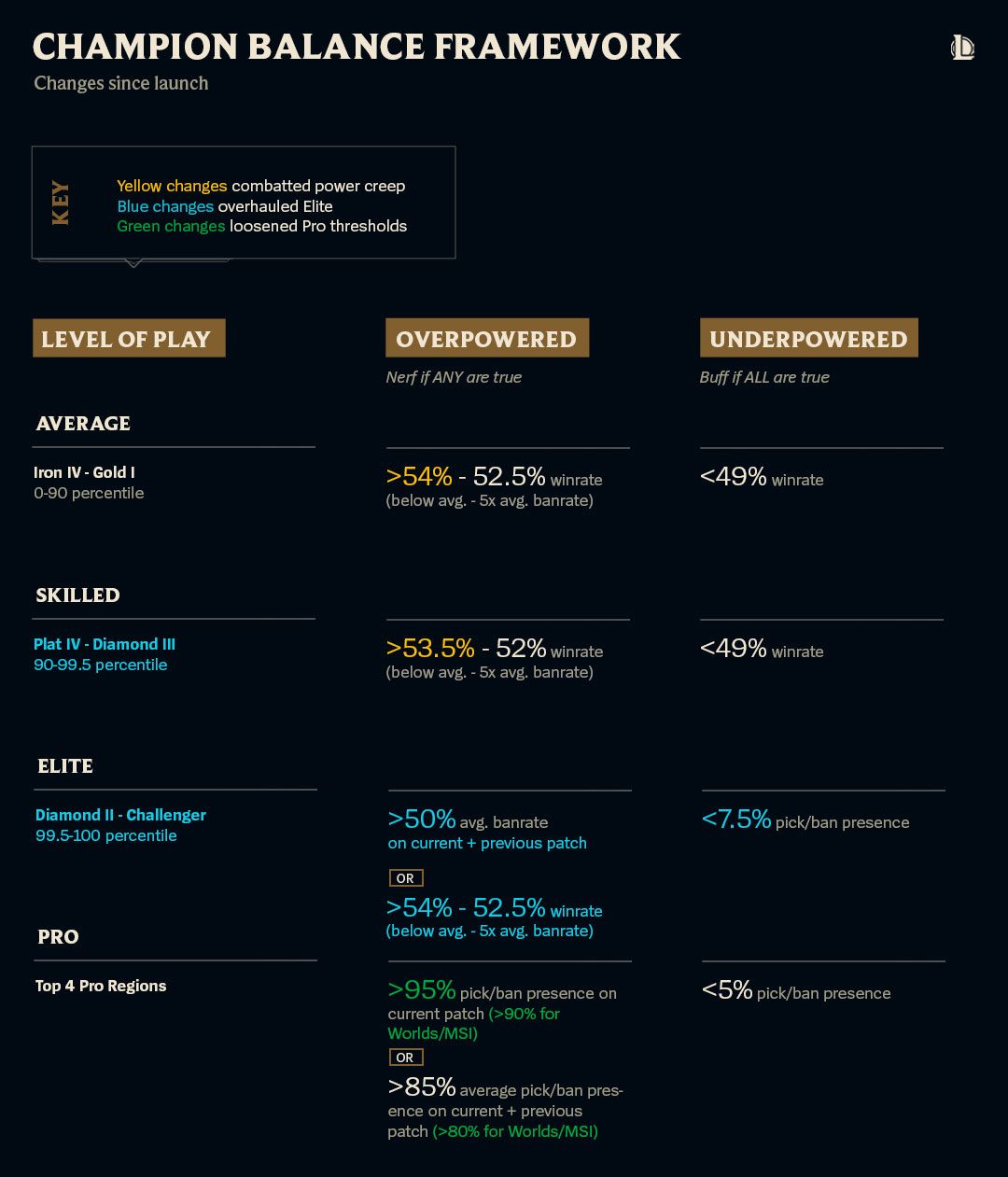
Let's go through why we made these changes.
Combating Power Creep
In the first months of using the framework, we ended up buffing slightly more often than nerfing. At the time, we were alright with that minor trend, as we were bouncing back from a period where the community felt we were too hesitant to buff underperforming champs. After Worlds 2019, however, we ran into a spike of buff-heavy patches. This was primarily because pro play wasn't happening, so it wasn’t guiding us toward the usual number of nerfs.
So we made a few adjustments:
- We tightened the OP bands for both Average and Skilled play by 0.5% each
- We adjusted the Elite play group to boost its signal (more on that next)
- We now compare our estimated win rate changes to the actual win rates following the patch, with an eye towards correcting when we’ve overshot our mark, even if the champion doesn’t cross OP thresholds due to the buffs
- We also added a new safeguard to our patch process, where if we trend towards too many buffs—which would be the case if over half of our champion balance changes in subsequent patches are buffs—we will also explore nerfing the following:
- The top presence champion in each position in Professional play
- The top performing champion (highest win rate and ban rate combination) in each position in Skilled play
The new rules mentioned above led to our recent Ornn, Kalista, Trundle, Janna, and Aphelios nerfs, amongst others, that we felt were quite warranted even though they didn’t fit the other criteria of the Champion Balance Framework.
Overhauling Elite
One of the bigger changes we made to the framework was to the Elite play group and its overpowered/underpowered parameters. As originally defined, Elite play included Grandmaster and Challenger, the top 0.1% of players. With this grouping, we found that Elite play was mostly identifying a subset of the champions that were also OP in Pro play. Champions who were uniquely problematic in Elite weren't getting flagged, meaning the framework wasn't actually doing anything to help these players.
To overcome this, we needed to expand Elite's overpowered metric beyond pure ban rate. We decided to incorporate a “win rate based on ban rate” metric, like the one used for Average and Skilled play. This required us to expand Elite from the top 0.1% of players to the top 0.5%, since Elite's original size was too small to provide enough matches for reliable win rate numbers. Elite now has two possible OP flags: The new “win rate based on ban rate” metric, as well as the original, pure ban rate metric.
Since making this change, we’ve seen our Elite group be more effective in catching balance outliers not identified by Pro play. For example, Graves was nerfed in patch 10.11 based on these metrics before he became a Pro play powerhouse. Talon was also nerfed in 10.11, and Wukong was captured by this category in patch 10.9.
Loosening Pro Play Thresholds
Unlike the other categories, we loosened the bands (meaning we will nerf less) earlier this year for Pro play, as we weren't seeing consistent enough diversity gains in professional play to justify the frustration that such a high volume of Pro-targeted nerfs was causing for everyone else. But the expectation is we’ll tighten these bands up during key times of professional play, like around Worlds. We’ll continue to carefully watch this band, as no one wants a stale pro meta.
Meta Diversity Targets
At the beginning of this article, we touched on some of the goals of the Champion Balance Framework. Lead among them was more consistent action on champion balance outliers. But beyond that, we’ve always had a goal to make our roster feel more wholly viable for players across all skill ranges. While we recognize that not every champion is going to be considered strong for both Average and Pro play, the Champion Balance Framework pushes us to ensure that every champion is strong in at least one audience (reminder: the “needs buff” flag is “underpowered in all four audiences”).
That said, even if every champion is balanced to be viable for at least one group, that doesn't guarantee a diverse champion pool within each group. So to help us reach the goal of making the champion roster feel more wholly viable across all skill ranges, we're working on establishing “meta diversity targets” for each of our four groups, as well as an aggregate of Average, Skilled, and Elite that represents the entire ladder of non-pro players.

A champion is considered part of the viable pool if they're performing above the underpowered metric for that group. For pro play in particular, this means one-off picks and bans aren't counted, so the total number of champions present in, say, Worlds will be higher than what we're defining here as the viable pool.
This is a long-term goal, especially with regards to the Solo Queue target. Creating or resurrecting Pro balance nightmares is NOT an acceptable way for us to increase solo queue diversity, so changes here will be on a slower schedule than our normal balance work.
As a snapshot, this is where we were at for patch 10.12 (the most recent patch at time of writing this blog):
- Average: 81%
- Skilled: 87%
- Elite: 30%
- Pro: 36%
- Solo queue: 93%
- All: 98%
Conclusion
Results from our first year of using the Champion Balance Framework have been promising. Numerically speaking, we're in a more balanced place: Champions much more rarely sit unchecked at outlier status, even for just one of our audiences.
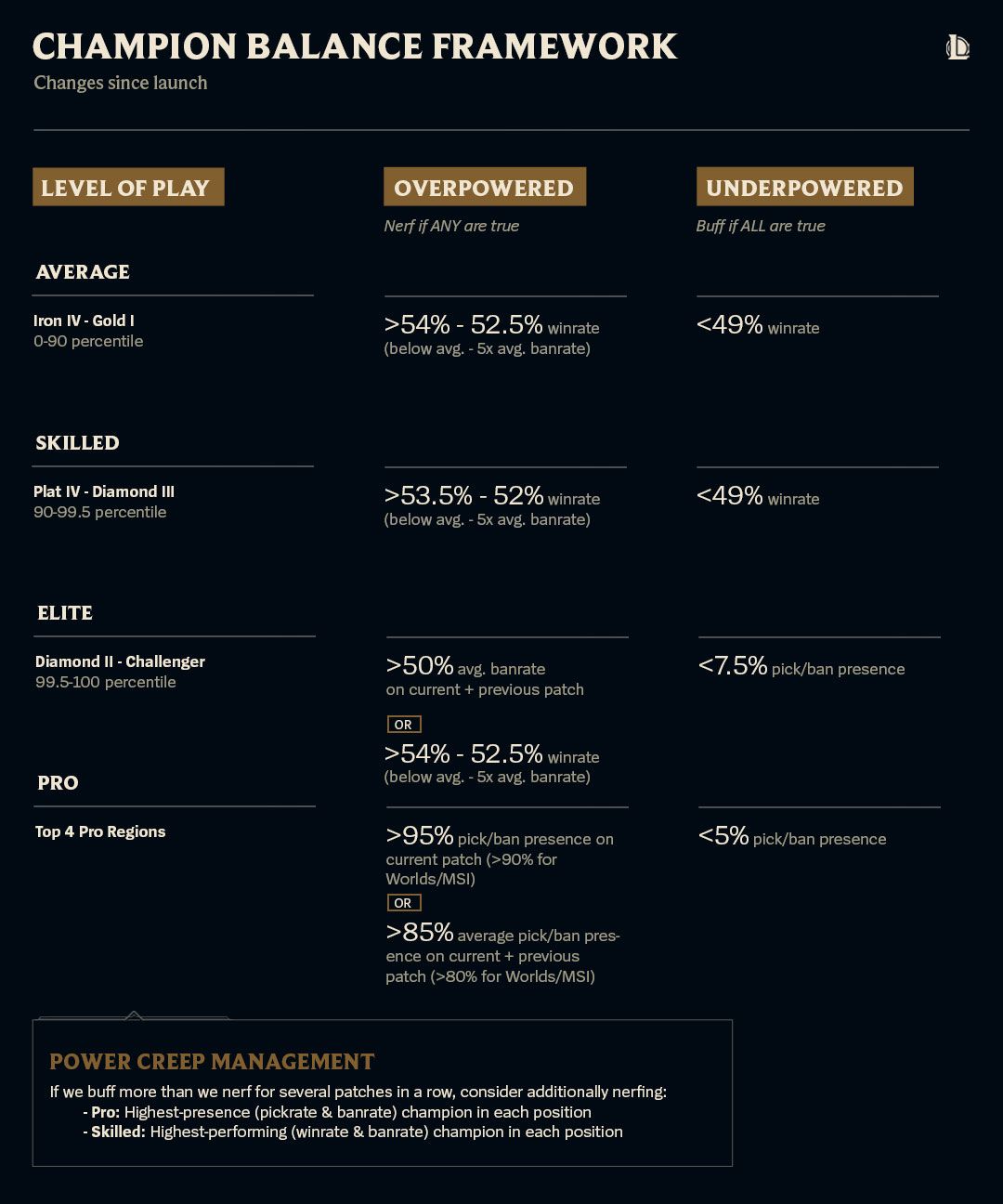
The new challenge that's emerged nowadays are the champions sitting at 52-53% win rate with much higher pick/ban numbers, like recent Ezreal, Katarina, and Diana. We’ve discussed tightening our bands even further, but have opted not to. Instead, we think other approaches like the meta diversity targets or systemic work like the next preseason's items update are better ways to make champ picks feel less solved.
We hope this blog series will give you a bit more insight into how our team approaches the challenge of balancing League of Legends. And hopefully this article gives you Summoner’s Rift enthusiasts our most up-to-date information to continue the balance dialogue with us and other players. We'll be back next week with our next blog, covering balance for new champs and VGUs!


